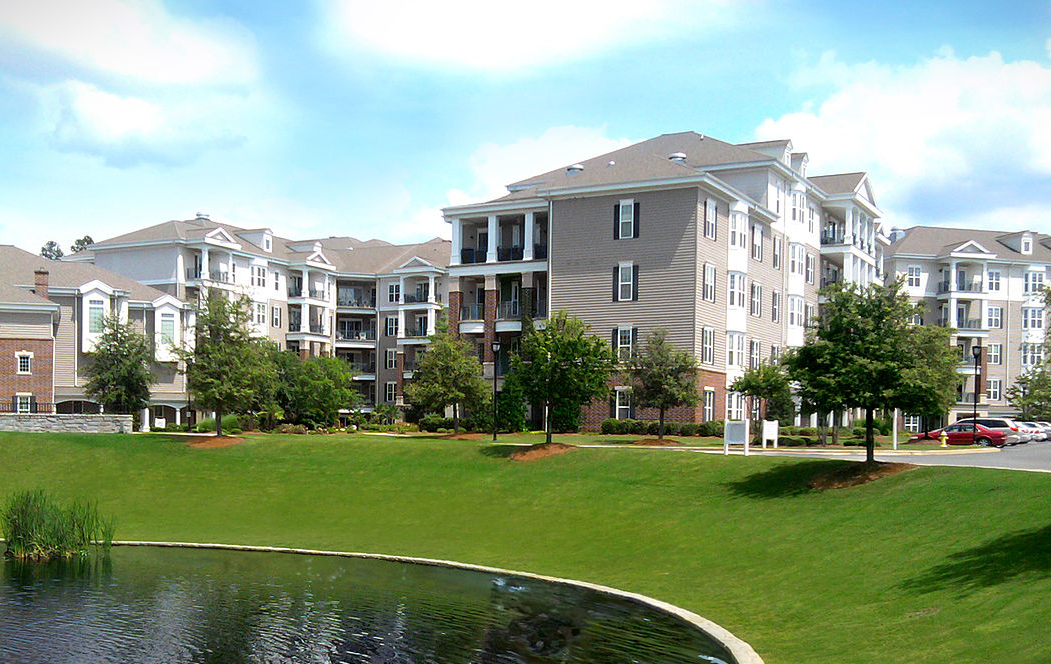Perhaps you’ve seen ads for a new “over 55” luxury condominium development in your town. Or another winter of shoveling has finally convinced you that it’s time to move to a warmer climate. You’re looking forward to life in a retirement community, but with so many options, how do you choose the right one?
Beginning the search
The first step is to think about where you want to live, how you want to spend your retirement years, and what type of home you can realistically afford. All retirement communities are designed with the needs of older adults in mind, but they provide different living arrangements, activities, and services.
One option that’s become increasingly popular is the “active adult” community. Usually centered around a fitness facility, a clubhouse, or a golf course, this type of community offers many social and recreational opportunities, such as clubs, meals, and walking trails.
Other retirement complexes are geared toward individuals who want flexible living arrangements and services. These complexes may contain a variety of housing types, including independent-living, assisted-living, and long-term care facilities. They often offer extended assistance with daily tasks such as shopping and housekeeping, and emphasize easy access to health care.
For example, increasingly popular options for those 62 or older, who meet financial and health thresholds, are continuing care retirement communities (CCRCs) and fee-for-service continuing care retirement communities (FFSCCRCs). These adult communities offer, under one contract (and usually all in one location), an independent living unit (typically an apartment or cottage), residential amenities, and access to a continuum of long-term care services as residents’ health and social needs change over time. These are just some of the options–many others are available.
The cost of convenience
Homes available within retirement communities can be as diverse as the communities themselves, and range from small apartments in the city to luxury homes on the ocean. No matter which type of home you choose, make sure it will meet your needs both now and in the future. More and more homes in retirement communities are incorporating universal design features, a trend that’s likely to continue. These features include one-level living, extra lighting, easy-to-open doors and cabinets, and security systems that make day-to-day living simpler and safer for people of all ages.
But the convenience of retirement living usually comes at a price. That price includes not only rental or mortgage payments, utilities, and insurance, but also any up-front or ongoing fees you’ll owe. For example, a retirement community may charge a hefty fee for “buying in” to the community. One ongoing fee you may need to factor in is a homeowners or community association fee that may add hundreds, or even thousands, of dollars to your monthly housing costs. In general, the higher this fee, the more services or amenities are included, but make sure you understand what you’re getting for your money. And don’t forget about taxes. Even states with no state income tax may have high property taxes, sales and restaurant taxes, or “hidden” taxes on luxury goods or investments. A financial professional or tax advisor can help you determine the impact taxes will have on your finances.
And so that there are no unpleasant surprises, you should also consider the potential for costs to rise. Living in a community where costs for housing and services are constantly on the upswing is at best annoying, and at worst, financially devastating.
Try before you buy
Popular communities often have waiting lists, so it’s a good idea to do your homework in advance. Start with a visit. If you’re traveling out of town, find out if the community you’re visiting offers a special travel package for potential residents–many do. If you’re searching locally, visit each prospective community at least two or three times.
A checklist of questions to ask can come in handy when researching retirement communities. Here are a few items to include:
- Is the property well maintained?
- Is the atmosphere casual or formal?
- What social, recreational, and educational activities are available?
- Is public transportation nearby, or is van service available?
- Are pets allowed?
- Are guests restricted?
- Is medical care provided?
- Which services are included, and which are available at additional cost?
- Has the facility been accredited?
Most importantly, talk to residents and staff about their experiences–you’ll get a much more realistic picture of life in a retirement community than you can glean from a brochure.
Back


